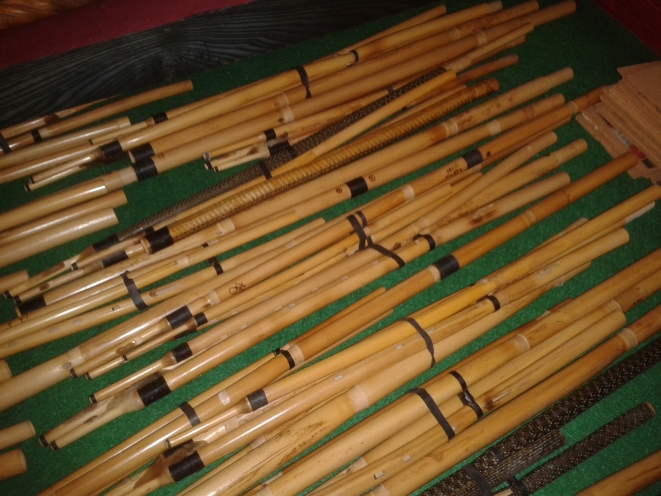A museum that today there is not any more
The musical instruments of Tadasuni
There was a priest. There was music. Finally, there was a passion.
This is the history of a museum that could be, but, it was not. A history that is completely Sardinian.
From a musical point of view, Sardinia has always been very prosperous; for many centuries, song, dance, balls and various sounds of the traditional instruments, represented an essential element in the life of lots of communities.
In Tadasuni, a small village where more or less 150 inhabitants live and that is situated on the western side of Omodeo Lake, there were the greatest collection of Sardinian traditional instruments.
This extraordinary collection was born a long time ago thanks to the big passion that the priest of the village, Don Giovanni Dore, had for music. All the examples that made up this collection were found by the priest himself in every places of Sardinia and during the time, that passion changed in a systematic collection that was more numerous and that was able to furnishing proofs of the history of traditional music, used by Sardinian people in the most important occasions, of rejoicing during the anniversaries such as weddings or celebrations of the village and of torment, such as in the case of sacred rites of the Sacred Week.

During the time, the priest could collect various kinds of musical instruments, the most of which were represented by wind instruments. Among the most significant there were su pipiolu - alike to the flute of the shepherd, built with a smoked reed, on which there were the holes for the fingers - su sonètte (the accordion), sas benas, is trumbìttas (trumpets) and the most famous launeddas, one of the most ancient proofs of Sardinian polyphonic musicality, unequivocal evidence of people’s archaic life that better than others could express the spirit of tradition.
Among the oddest and the most original things there were sa serragia - built with a dehydrated bladder of a pig and a stretched horsehair for playing it - su trimpanu, a drum built with cork and skin of animal – and various kinds of matraccas, taulittas e rana e’ cannas, instruments used still today because of their big noise during the Easter rites.
This splendid and very uncommon private collection of ancient native musical instruments, was on the point of creating a museum to all the effects, but, this was not and the room where Don Dore conserved the instruments and that slowly changed in a tourist destination visited a lot, today is empty.
In addition to being able to play them, the priest knew the origins and the history of each instrument that he was able to find with difficulty over the years and he explained everyone visited his collection.
A plain set-up, in a small location with some cupboards arranged by craftsmen. Here more than five hundred more precious examples, as a proof of the extraordinary cultural and anthropological heritage of Sardinian population. Don Dore houses everyone cordially and told the tales of his instruments to the tourists who increased more and more until they became thirty thousand.
But, during the time, his Energy was less and with the advance of old age, before his death in 2009, as if predicted the end of this small big private museum, made an appeal to the citizens and to the organizations so that they did something, in the immediate future, for managing his collection of instruments, because, according to the priest himself, it became heritage of the whole community that had to be safeguarded and not lost.
Preserving untouched this extraordinary ethnographic heritage would have been the natural conclusion that you would have imagined from this beautiful history. But, the end is not that you hoped. This is the history of a museum that for many vicissitudes did not become a museum. The history of a very big heritage by now lost and that cannot be visited by no tourist. There are not guilties or maybe yes, but, this is not the appropriate place for accusing of who would have been able for doing something, but, they did not have done nothing.
There is only the regret for another wasted occasion; for another example of Sardinian culture that was lost. The realization of a true museum would have been the right conclusion for a beautiful history, that from a plain passion was able to result in memory. It would have been an uncommon example of "museum of Sardinian traditional instruments". Now, there is only the name that "sounds" well, but, whose melody is mute. Something that is extraordinarily concrete, that could be, but, it was not, with good peace of Don Dore who left his instruments as a heritage for the whole Island. There is only the reminiscence of a magical place that for many years safeguarded small archaic things and the history of a population that through the music, too, is able to transmit.
Today, we can tell only that. And this history, too, with a sad end has its originality, because among lots of small and unique Sardinian museums could not lack the "almost museum", destined to live only in the memories.